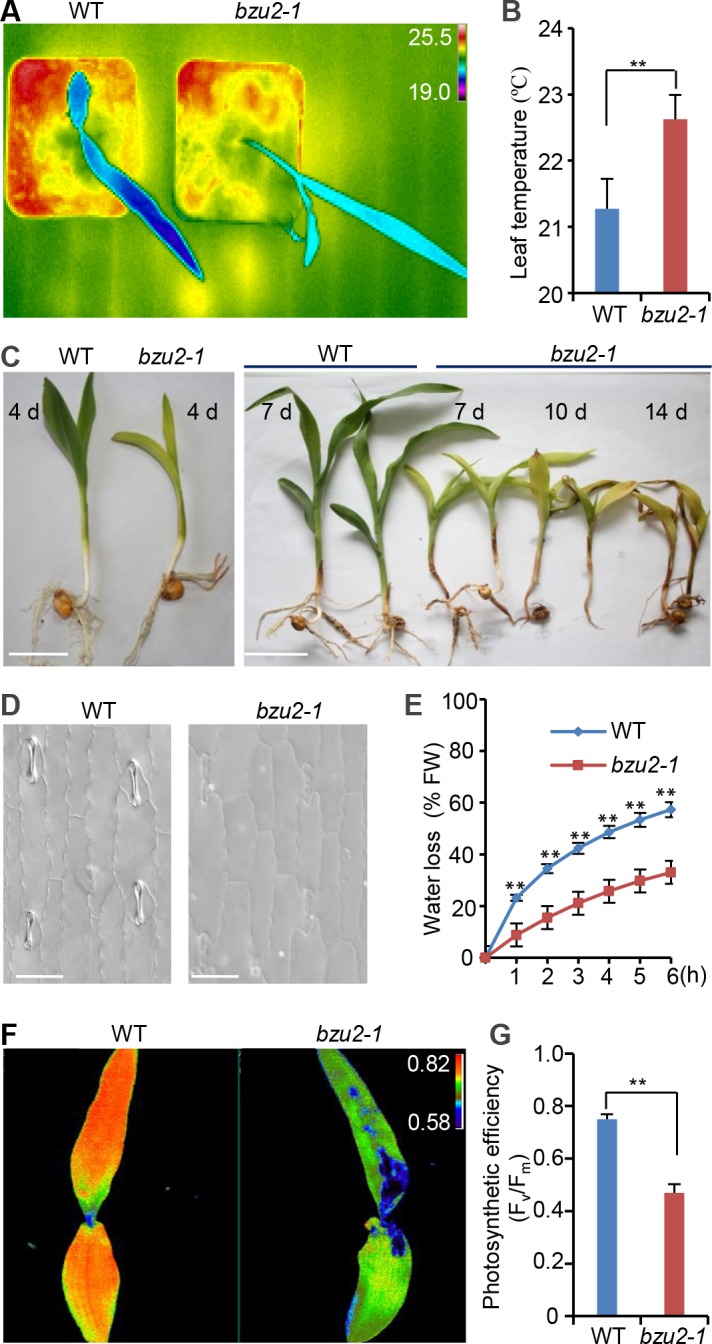Fig 1. BZU2 (Bizui2) is required for the formation and development of guard cells and subsidiary cells.

(A) False-color infrared image of 8-day-old wild-type and bzu2-1 mutant plants grown under unstressed conditions in soil. The temperatures (°C) of the first and second leaf surfaces are pseudo color-coded according to the scale (inset). (B) Quantitative temperature measures of wild-type and bzu2-1 leaves. Error bars indicate SD, n = 10, **P<0.01, Student’s t test. (C) Morphological phenotypes of bzu2-1 mutant seedlings. 4-day-old bzu2-1 and wild-type plants grown in soil. Seedlings of bzu2-1 mutants show a pale and hyper-hydration phenotype (right panel, scale bar, 1.0 cm). Phenotypes of wild-type and bzu2-1 seedlings 7, 10 and 14 days after germination illustrating the progressive deterioration of bzu2-1 seedlings (right panel, scale bar, 1.0 cm). Images are representative results from three independent experiments. (D) Images of the stomatal phenotypes of wild-type and bzu2-1 mutants. Differential interference contrast (DIC) images were taken from the first leaf of 5-day-old seedlings grown in a growth chamber (16 h/8 h light/dark cycle at 26–30°C). Scale bars, 50 μm. (E) Transpirational water loss in bzu2-1 mutants is significantly lower than wild-type. 8-day-old leaves of whole seedlings were detached and allowed to dry at room temperature for the indicated periods. Water loss is presented as a percentage of the initial fresh weight (FW) of the seedlings, and results were collected from three independent experiments. Error bars indicate SD, n = 3, **P < 0.01, Student’s t test. (F) Fv/Fm images of the first and second leaves of wild-type and bzu2-1 mutant plants grown under unstressed conditions in soil. The chlorophyll fluorescence images were collected from 8-day-old seedlings. The intensity of Fv/Fm ratio was pseudo color-coded according to the scale. (G) Fv/Fm quantification of the fluorescence from first and second leaves of 8-day-old wild-type and bzu2-1 mutant seedlings. Each value represents the mean (± SD) of three independent experiments. Error bars indicate SD, n = 6, **P < 0.01, Student’s t test.
